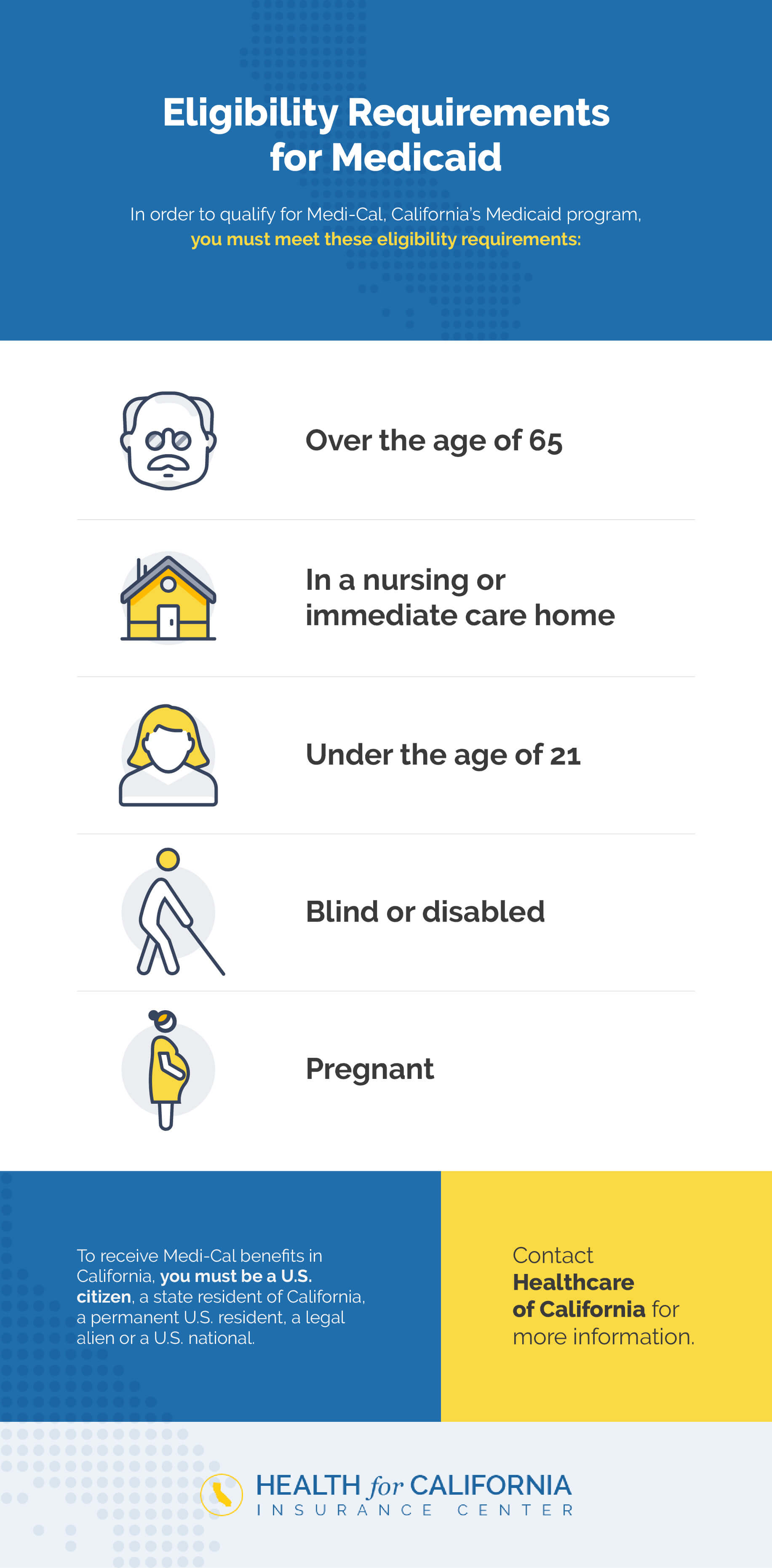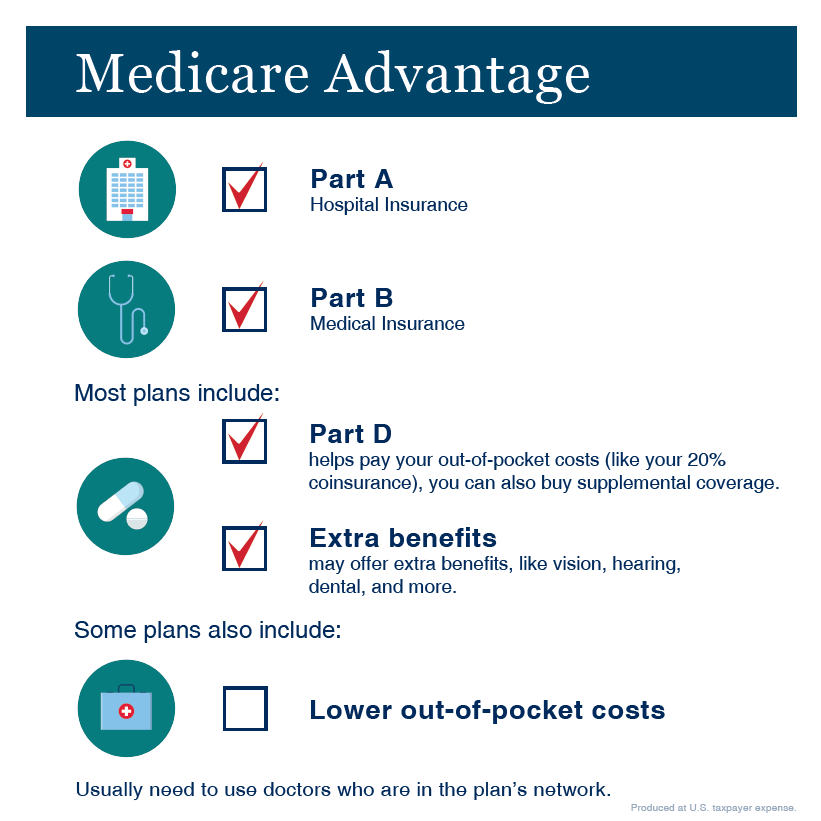The 10-Second Trick For Medicare Advantage Agent
The 10-Second Trick For Medicare Advantage Agent
Blog Article
Medicare Advantage Agent - Truths
Table of ContentsRumored Buzz on Medicare Advantage AgentThe Of Medicare Advantage AgentGetting My Medicare Advantage Agent To Work

complies with from confusing the reasonably young age profile of the without insurance with the better health and wellness, generally, of more youthful persons. This obscures the web link between health and wellness standing and medical insurance. For those without accessibility to office health and wellness insurance coverage, bad health and wellness is a prospective barrier to buying nongroup insurance coverage due to the fact that such insurance coverage may be extremely priced, leave out preexisting conditions, or be merely not available. The variety of without insurance Americans is not particularly huge and has not transformed over the last few years. 7 out of ten participants in an across the country depictive survey thought that less Americans did not have medical insurance than in fact do(Fronstin, 1998). Approximately half(47 percent )thought that the variety of people without medical insurance decreased or stayed consistent over the latter half of the last decade(Blendon et al., 1999). This decrease of virtually 2 million in the number of individuals 'without insurance (a reduction
of around 4 percent)is definitely a favorable adjustment. With a softer economic situation in 2000 the current reported gains in insurance policy coverage may not continue(Fronstin, 2001 ). The decline in the number of without insurance will certainly not proceed if the economic situation remains slow-moving and healthcare expenses continue to surpass inflation. This is because the information were collected for a duration of strong financial performance. Of the estimated 42 million people that were without insurance, just about regarding 420,000(about 1 percent)were under 65 years of age, the age at which most Americans come to be qualified for Medicare; 32 million were adults between ages 18 and 65, about 19 percent of all adults in this age group; and 10 million were kids under 18 years of age, about 13.9 percent of all youngsters (Mills, 2000). These quotes of the variety of persons without insurance are produced from the yearly March Supplement to the Present Population Study (CPS), performed by the Demographics Bureau. Unless or else kept in mind, national estimates of individuals without health and wellness insurance and percentages of the populace with various kinds of protection are based on the CPS, one of the most widely utilized source of quotes of insurance protection and uninsurance prices. These studies and the quotes they yield are defined briefly in Table B. 1 in Appendix B - Medicare Advantage Agent. These studies differ in size and tasting approaches, the inquiries that are asked concerning insurance
What Does Medicare Advantage Agent Mean?
protection, and the time period over which insurance policy protection or uninsurance is gauged(Lewis et al., 1998, Fronstin, 2000a ). Still, the CPS is particularly helpful because it creates yearly price quotes relatively quickly, reporting the previous year's insurance protection estimates each September, and due to the fact that it is the basis for a constant collection of quotes for more than 20 years, permitting evaluation of trends in protection gradually.

Not known Factual Statements About Medicare Advantage Agent
Over a three-year duration beginning early in 1993, 72 million individuals, 29 percent of the U.S. population, lacked coverage for at the very least one month. Within a solitary year(1994), 53 million people experienced at the very least a month without insurance coverage(Bennefield, 1998a). Six out of every ten uninsured adults are themselves utilized. Working does boost the possibility that one and one's household members will certainly have insurance policy, it is not a warranty. Even participants of households with 2 full-time wage income earners have almost a one-in-ten possibility of being without insurance (9.1 percent without insurance price)(Hoffman and Pohl, 2000 ). The connection between wellness insurance coverage and access to care is well developed, as documented later on in this chapter. Although the partnership between health and wellness insurance coverage and health results is neither straight nor straightforward, a substantial clinical and wellness services research literature web links medical insurance coverage
to enhanced accessibility to care, better top quality, and enhanced individual and population health and wellness standing. As an example, the 2nd record, on individual health and wellness results for without insurance adults, is stood for by the innermost circle of the figure, while the third report, on family well-being, includes the topics of the 2nd record however highlights a different system of analysis, namely, the family. The 6th report in the series will present information about strategies and initiatives carried out locally, statewide, or across the country to resolve the lack of insurance policy and its damaging influences. Degrees of analysis for analyzing the effects of uninsurance. This discussion of medical insurance protection concentrates mainly on the united state populace under age 65 since virtually all Americans 65 and older have Medicare or various other public insurance coverage.
Moreover, it focuses especially on those with no wellness insurance for any kind of size of time. The problems dealt with by the underinsured are in some areas similar to those faced by the uninsured, although they are generally less severe. Uninsurance and underinsurance, nevertheless, include distinctly different plan issues, and the approaches for resolving them might vary. Throughout this research study and the 5 records to comply with, the primary emphasis is on persons without any medical insurance and hence no aid in spending for healthcare beyond what is offered with charity and safeguard establishments. Wellness insurance is a powerful element impacting receipt of treatment since both clients and doctors reply to the out-of-pocket price of services. Health and wellness insurance policy, nonetheless, is neither necessary neither adequate to get to clinical services. Nonetheless, the independent and straight result of health and wellness
insurance policy protection on accessibility to wellness services is well established. Others will certainly get the healthcare they need even without health and wellness insurance coverage, by paying for it out of pocket or seeking it from service providers that use treatment cost-free or at extremely subsidized prices. For still others, medical insurance alone does not guarantee invoice of care due to other nonfinancial barriers, such as an absence of healthcare service providers in their community, minimal access to transportation, illiteracy, or linguistic and social distinctions. Formal research concerning without insurance populaces in the United States dates to the late 1920s and very early 1930s when the Board on the Cost of Medical Treatment generated a series of reports regarding funding physician office check outs and hospital stays. This issue ended up being significant as the numbers of clinically indigent climbed during the Great Clinical depression. Empirical studies consistently sustain the web link between accessibility to care and improved health and wellness results(Bindman et al., 1995; Starfield, 1995 ). Having a regular resource of treatment you can check here can be considered a forecaster of access, instead of a direct measure of it, when health end results are themselves made use of as gain access to signs. This extension of the concept of access dimension was a knockout post made by the IOM Board on Checking Accessibility to Personal Healthcare Services(Millman, 1993, p. Whether or not moms and dads are guaranteed appears to impact whether their youngsters receive care as well as just how much careeven if the kids themselves have protection(Hanson, 1998). The wellness of parents can influence their capability to take care of their youngsters and the degree of family members tension. Bothering with their youngsters's accessibility to care is itself a resource of tension for parents. 3 chapters follow in this report. Phase 2 offers an overview of just how employment-based health insurance, public programs and specific insurance coverage run and communicate to supply considerable however incomplete insurance coverage of the united state population. This includes an evaluation of historical patterns and public laws affecting both public and private insurance, a conversation of the communications amongst the different kinds of insurance, and an exam of why individuals move from one program to an additional or wind up

Report this page